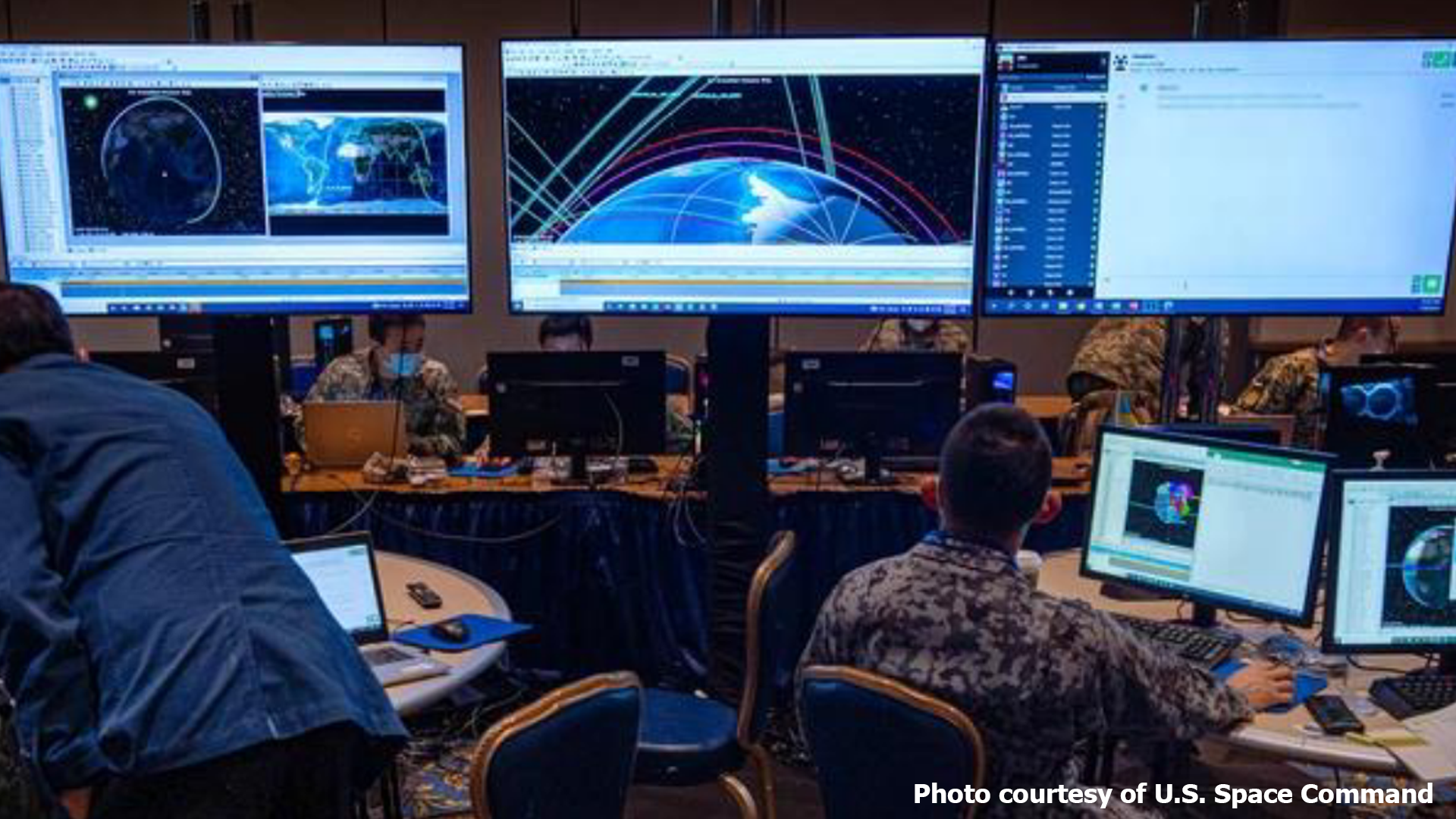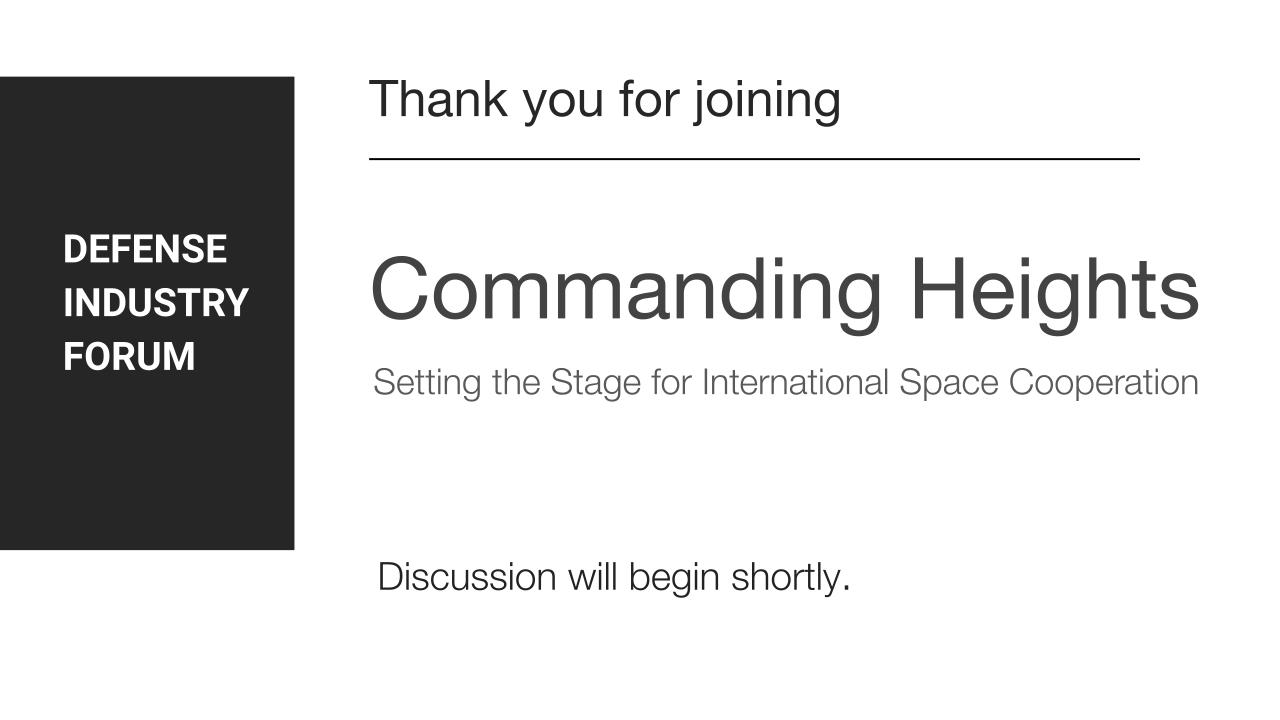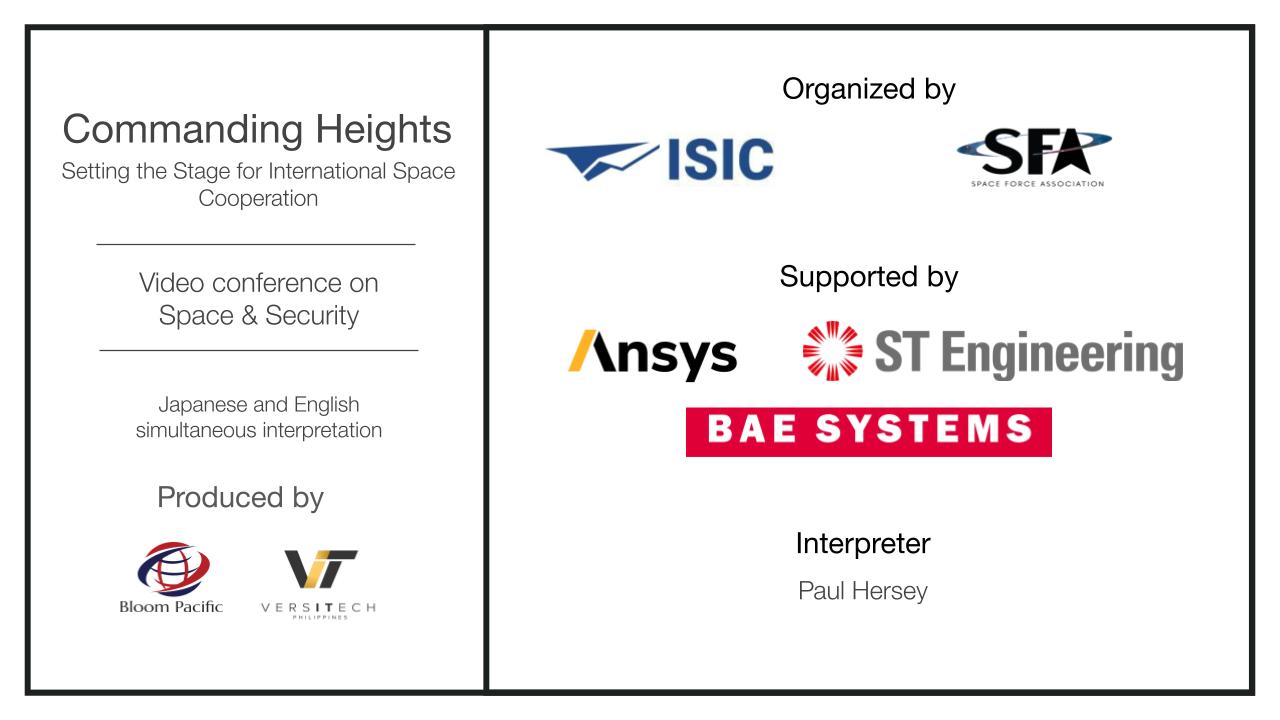2023
July
19
Commanding Heights
Setting the Stage for International Space Cooperation
As the United States has shown, commercial space companies are vital for national defense. The power of public-private collaboration has accelerated technological advances across the spectrum.
This is inspiring national space agencies and their military space forces to work together, particularly member states of the Quadrilateral Security Dialogue of Australia, India, Japan, and the United States. The Quad is evolving into a platform for mutual security supported by a series of foundational defense agreements. At the first in-person Summit in September 2021, cooperation in space was adopted and reinforced in subsequent Summits in 2022 and 2023.
The Australian Space Agency (ASA) was created in 2018 by the government’s Department of Industry, Science, Energy and Resources, with a focus on civil use. The department establishes Australia’s National Science and Technology (NSST) strategy, while national space security and defense is under the new Space Force since January 2022, administered by the Royal Australian Air Force (RAAF). The Space Force will rely on a robust local industry supported by private investment and government programs such as the Modern Manufacturing Initiative, which has identified space as a priority sector.
India’s long-standing Indian Space Research Organization (ISRO), a civilian agency, has coordinated India’s military and civilian space programs since the 1960s. In 2019 India established two new bureaucracies for space, the Defense Space Research Organization (DSRO) and the Defense Space Agency (DSA). The former is a research organization geared toward facilitating the development of civilian space technology for military purposes. A new generation of private space companies is now incentivized across domains, from research and development, from materials to processes, from optics and sensors to satellites.
The Japan Aerospace Exploration Agency (JAXA) was formed in 2003 by merging three aerospace organizations, the Institute of Space and Astronautical Science, the National Aerospace Laboratory, and the National Space Development Agency of Japan from the 1960s. It is a civil organization with limited responsibilities for defense, working in coordination with the Ministry of Defense and the National Office for Space Policy, and in public-private ventures with a constellation of private companies. In 2020 the first Space Operations Squadron was established by the Japan Air Self-Defense Force (JASDF).
The United States boasts the world’s leading space agency, NASA, with more than 700 international partners since its inception. NASA has been cultivating public-private ventures for decades, including surveillance and security. For defense, however, the US Space Force was created in 2019 as the sixth branch of military services. It is pioneering new acquisition pathways for private companies under a newly created Space Systems Command (SSC) and is implementing an agile whole-of-digitalization approach across the organization.
This webinar will explore these challenges and opportunities from four national security perspectives.
The central question is, “How can allied space forces and their commercial partners learn from each other?”
Co-Produced by


July 19, 2023
| Washington | 08:00 |
|---|---|
| London | 13:00 |
| Paris | 14:00 |
| New Delhi | 17:30 |
| Tokyo | 21:00 |
| Canberra | 22:00 |
- No presentations available
- No documents available
- Hill Battle Over SPACECOM HQ Seeps Into Pentagon’s Annual $4.1B Reprogramming Request
- The Possibilities for Quad Cooperation in Space
- Quad Satellite Data Portal
- Quad Leaders’ Summit Fact Sheet
- Quad Leaders’ Joint Statement
- Quads’s Quest For Space! How Four Nation Alliance Plans To Enhance Space Defense & Security To Deter China
- AU - Quad Leaders Summit 2023 - Space
- Quad Leaders Announce Commercial Space Cooperation














